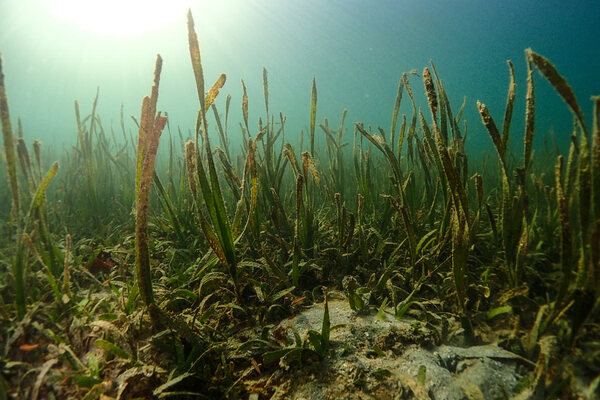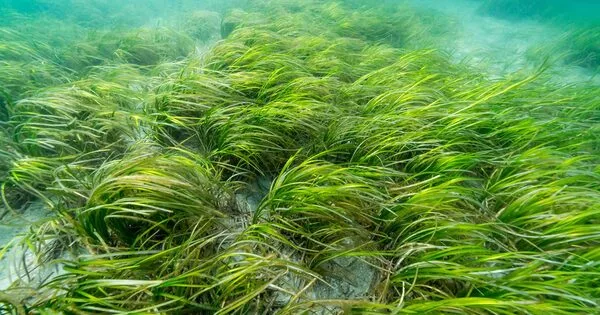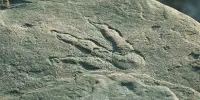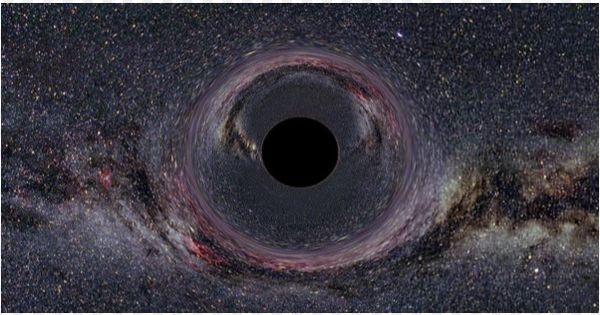Seagrasses are amazing plants that have adapted to life in the sea. They form vast meadows all over the world, bioengineering their local environments and preserving the coastal seascape. With a growing awareness of the planetary emergency we face, there is growing interest in using seagrasses as a natural solution for greenhouse gas mitigation.
However, seagrass is extremely sensitive to stressors, and in many places, the risk of loss and degradation persists. If the ecological state of seagrasses is not improved, their ability to contribute to nature-based solutions to the climate emergency and biodiversity crisis is jeopardized.
Experts at the forefront of efforts to restore the UK’s coastal seagrass meadows believe the remarkable plant’s contribution to humanity’s most important to-do list should be reconsidered.
Seagrass, the world’s only underwater flowering plant, is not only important for biodiversity, but it also absorbs carbon dioxide, which aids in the fight against climate change. Swansea University researchers argue in a new paper published in the journal Science for considering the value of seagrasses beyond carbon in the context of the UN Sustainable Development Goals – the shared blueprint for achieving a better and more sustainable future. Conserving and restoring seagrass meadows aids in the achievement of 16 of the 17 goals.
Seagrasses are of fundamental importance to the planet, but the body of research within seagrass is magnitudes smaller than that of terrestrial grasses and even seaweeds. However, because of the magnitude of the interventions required, there are significant ecological, social, and regulatory barriers and bottlenecks to seagrass restoration and conservation.
Dr. Unsworth
The authors, who include Dr. Richard Unsworth and Dr. Leanne Cullen-Unsworth, explain that the planetary emergency is spurring interest in using seagrasses as a natural solution for climate change and biodiversity recovery. However, seagrass is extremely sensitive to stressors, and the risk of loss and degradation persists in many places.
“With the increasing realization of the planetary emergency that we face, there is growing interest in using seagrasses as a nature-based solution for greenhouse gas mitigation,” said Dr. Unsworth, who leads the University’s team and is a founding director of marine conservation charity Project Seagrass.
“But if the ecological state of seagrasses remains compromised, then their ability to contribute to nature-based solutions for the climate emergency and biodiversity crisis remains in doubt.”
The team’s latest research has examined the major ecological role that seagrasses play and how rethinking their conservation is critical to understanding their part in fighting our planetary emergency.

Seagrass communities provide food, shelter, and vital nursery areas for commercial and recreational fishery species, as well as countless invertebrates. Some fish, such as seahorses and lizardfish, can be found in seagrass beds all year, while others only visit during certain stages of their lives.
“Seagrasses are of fundamental importance to the planet,” said Dr. Unsworth, “but the body of research within seagrass is magnitudes smaller than that of terrestrial grasses and even seaweeds.” However, because of the magnitude of the interventions required, there are significant ecological, social, and regulatory barriers and bottlenecks to seagrass restoration and conservation.”
“Advances in marine robotics, molecular ecology, remote sensing, and artificial intelligence now provide unprecedented global scales for solving conservation problems in difficult environments. Only by looking beyond carbon and recognizing the true value of seagrass meadows will we be able to put them on a path to net zero loss and, eventually, net gain.”
Seagrasses aid in the capture of fine sediments and particles suspended in the water column, increasing water clarity. When seagrass communities are absent on the seafloor, the sediments are more frequently stirred by wind and waves, reducing water clarity, influencing marine animal behavior, and generally lowering the recreational quality of coastal areas. Seagrasses also work to filter nutrients that come from land-based industrial discharge and stormwater runoff before these nutrients are washed out to sea and to other sensitive habitats such as coral reefs.
Although seagrass is not cultivated in Florida, its economic value can be measured through other industries that rely on it for survival, such as commercial and recreational fisheries and nature and wildlife tourism. Because the vast majority of Florida’s fishery species (roughly 70%) spend at least part of their lives in seagrass communities, seagrasses are critical to the survival of these fishing industries.
















